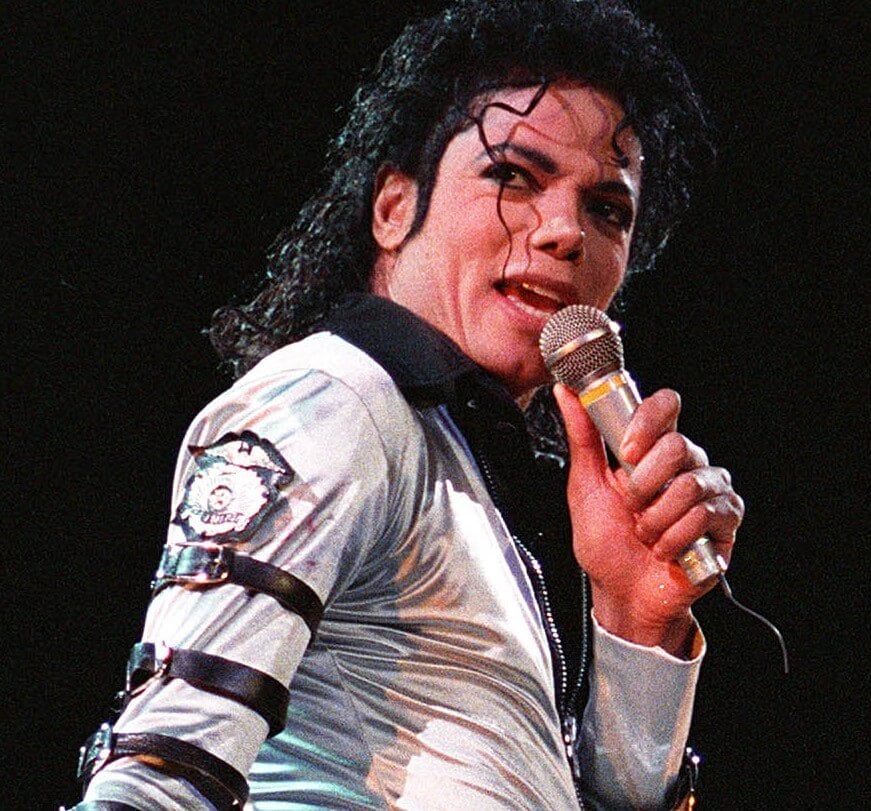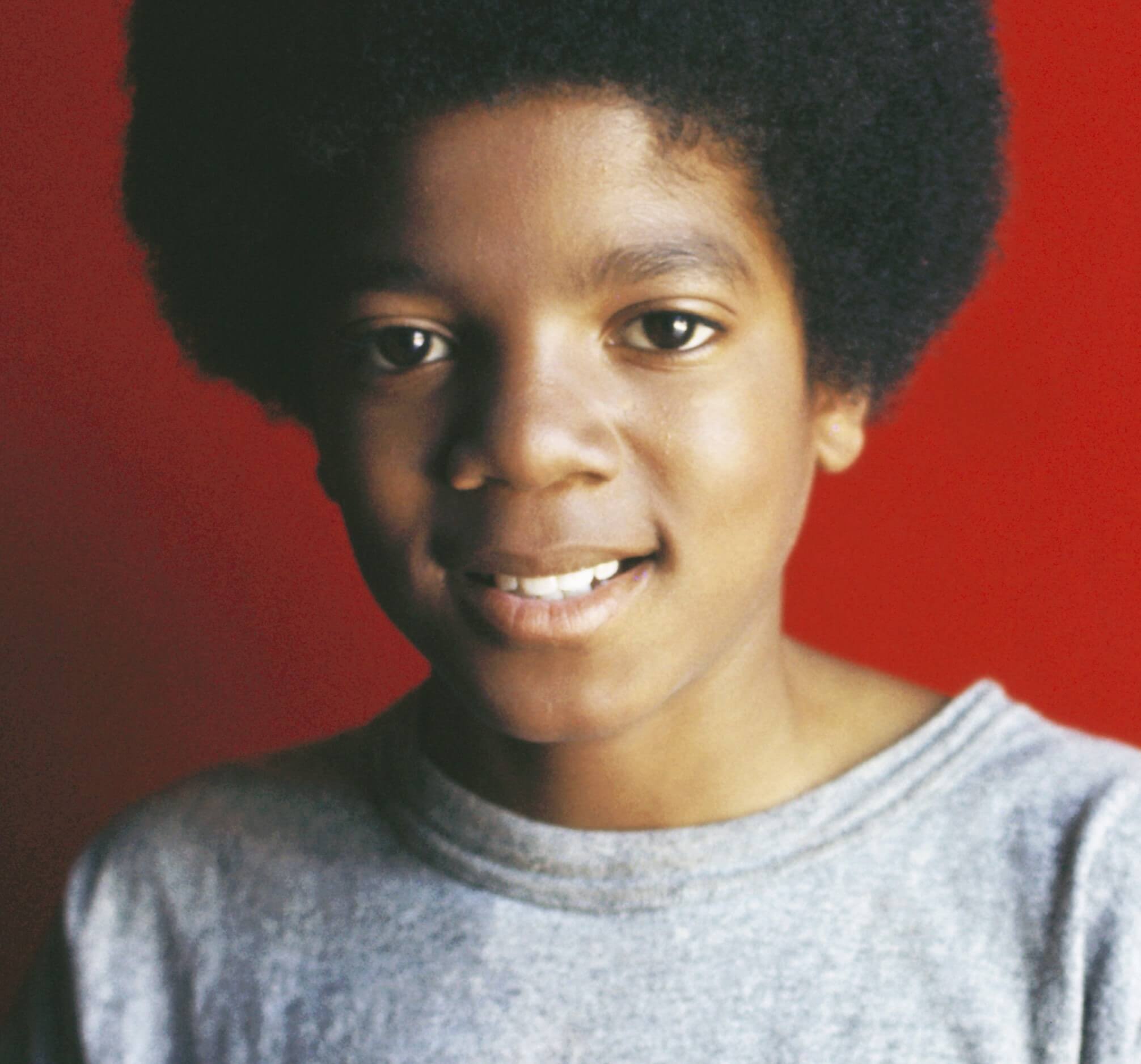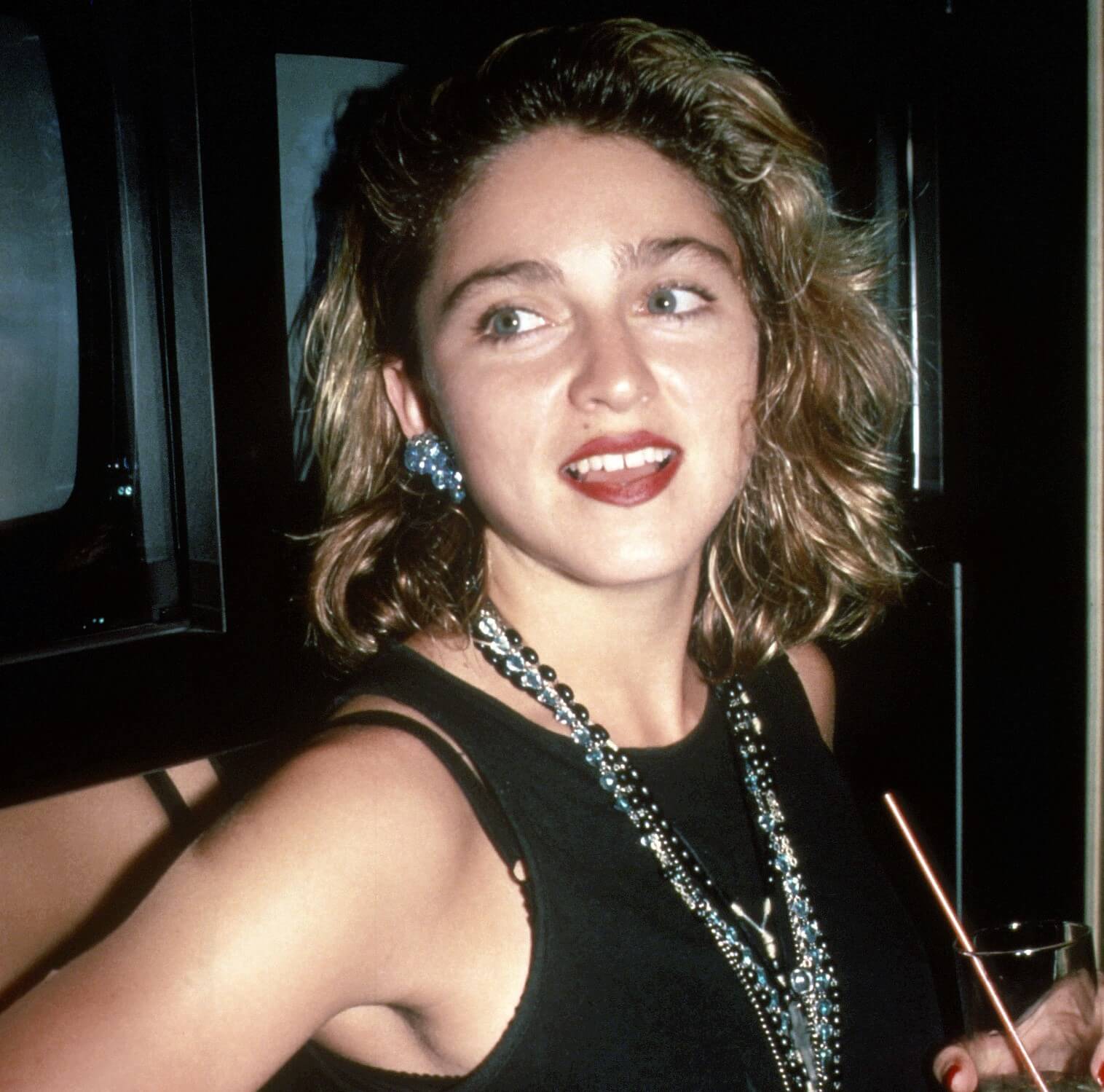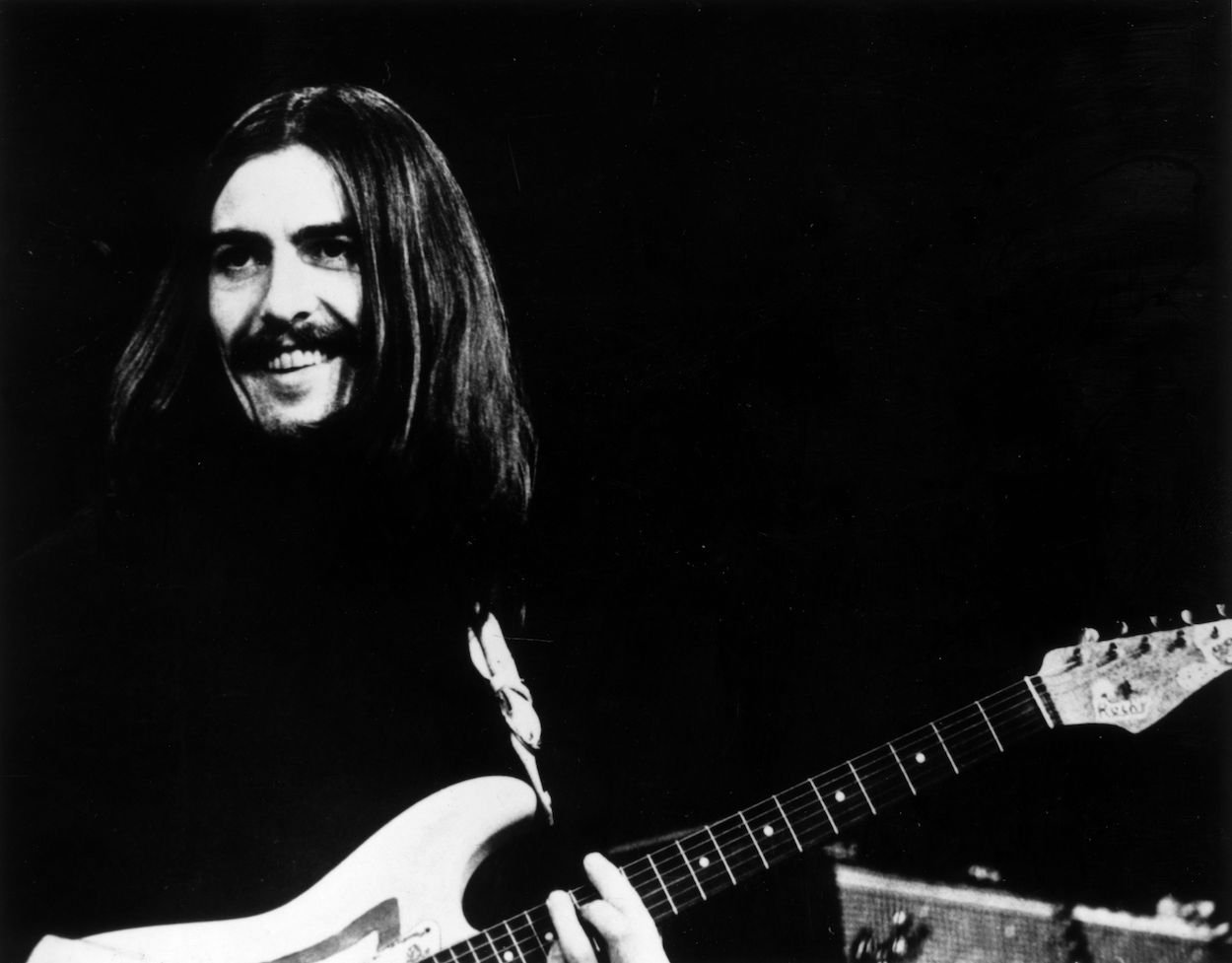
How George Harrison Saved The Beatles’ ‘Get Back’ Sessions After Quitting the Band
George Harrison stood in the middle of the fighting that led to The Beatles’ demise. His songs rarely made it on Fab Four albums, and Paul McCartney said Harrison’s songs weren’t any good until the very end of the line. The so-called quiet Beatle got so fed up that he quit the band during the Get Back sessions. But George also helped save the work that eventually became the Let It Be album.
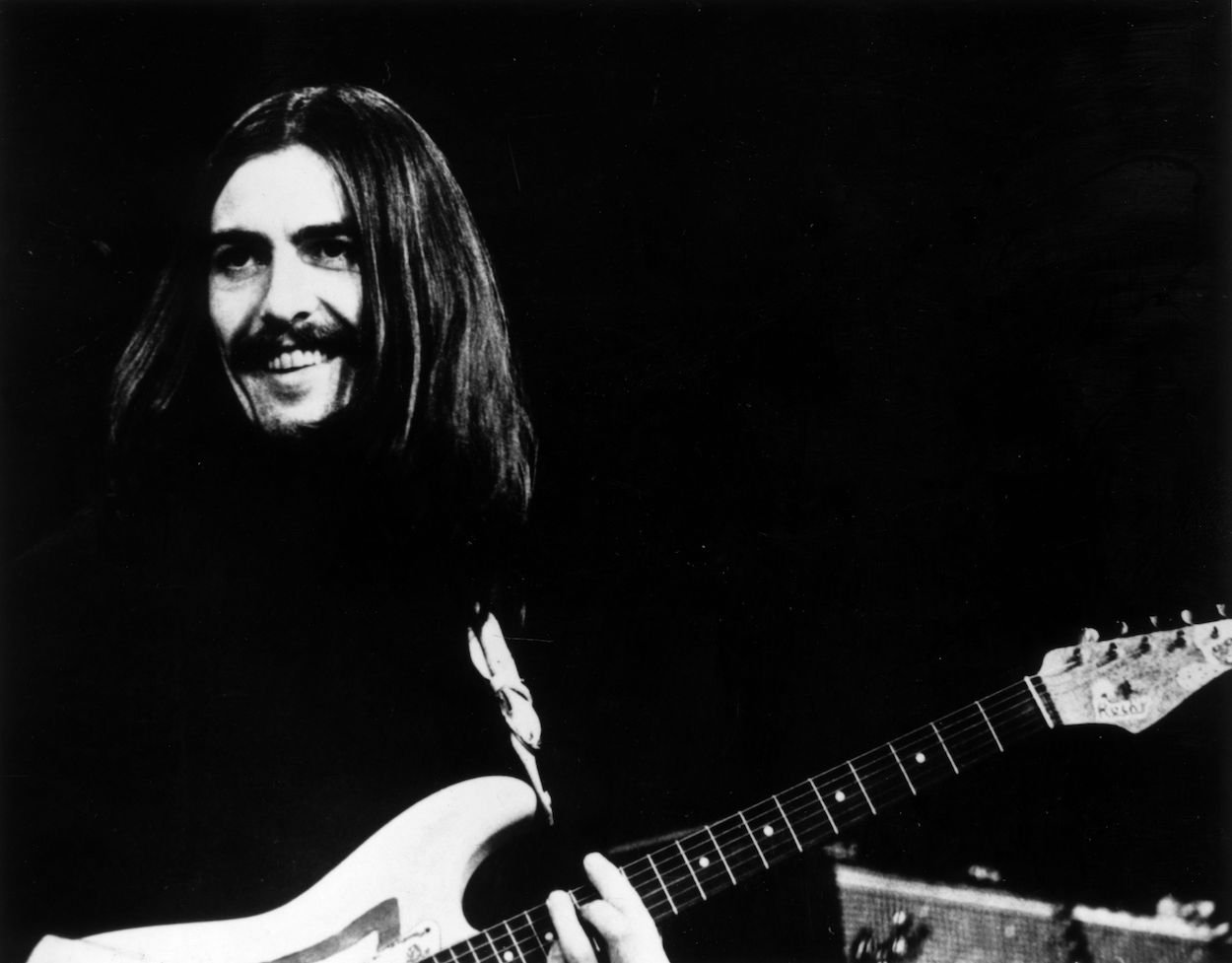
George Harrison quit The Beatles and went into a shell during the ‘Get Back’ sessions
Paul and John Lennon wrote most of the songs that put The Beatles on the charts on both sides of the Atlantic. That hierarchy persisted even as George developed as a songwriter. He once said he’d have to make a hundred Beatles albums to release the songs he penned during one particularly prolific year. But his tunes still barely made it on Beatles records.
George’s frustrations boiled over during the Get Back sessions on Jan. 10, 1969. He had a fistfight with Lennon, quit the band, and went into a shell, according to his wife, Pattie Boyd. “George would start to say something, then stop,” Boyd said, per You Never Give Me Your Money author Peter Doggett. “He appeared unable or unwilling to share his thoughts with me. He kept his hurt, frustration, anger, or whatever it was, to himself. At times I couldn’t reach him.”
His quitting nearly ruined the Get Back sessions, but George also helped save The Beatles’ progress when he returned less than two weeks later.
George saved the ‘Get Back’ sessions by inviting a special guest to join the recording process
George quit The Beatles on Jan. 10, 1969, after a contentious day in the studio and a bitter fight with John. He returned less than two weeks later with a special guest.
With a stockpile of songs, he probably had the least to gain from seeing the Get Back project through to the end. But George saved what turned into Let It Be by inviting Billy Preston to the studio on Jan. 22, 1969. As Doggett writes, Derek Taylor, the Fab Four’s press liaison and publicist, said that George inviting keyboard player Preston virtually saved the Get Back sessions. Taylor said all four Beatles curtailed their fighting and got down to work with their guest present:
“I think Billy saved the Let It Be album and film because he put all The Beatles on their best behavior. To be difficult with each other after that would have been to abuse their guest. That Liverpool slagging off would not have been OK in front of Billy. His enjoyment at being there filtered through into The Beatles. I remember thinking, ‘Thank Christ that someone has done something’ because the atmosphere at the time was so bad.’”
Beatles publicist Derek Taylor
Taylor chalks up Preston’s presence to keeping the Fab Four in line. George saved the Get Back sessions by inviting Preston in the first place. George helping The Beatles get back to work didn’t mean much when Let It Be hit the shelves. He only got two of his songs on the album — “I Me Mine” and “For You Blue.”
Preston achieved a rare honor by recording with The Beatles in 1969
George saved the Get Back sessions by inviting Preston to play with The Beatles. It didn’t impact the number of his songs that landed on Let It Be, but it gave Preston a rare honor.
The singles for “Don’t Let Me Down” and “Get Back” were both credited to The Beatles With Billy Preston. He was the only non-Beatle to be credited as such on any of the band’s 71 songs that landed on the Billboard singles chart. The song “Get Back” became a No. 1 single, spending five of its 12 weeks at the top of the Billboard charts.
George Harrison saved the Get Back sessions by inviting Billy Preston to play with the Beatles, but nothing could save the Fab Four. They held on long enough to produce one more classic album, 1969’s Abbey Road, before the fighting, tension, and swelling egos split the band apart for good in 1970.
For more on the entertainment world and exclusive interviews, subscribe to Showbiz Cheat Sheet’s YouTube channel.
